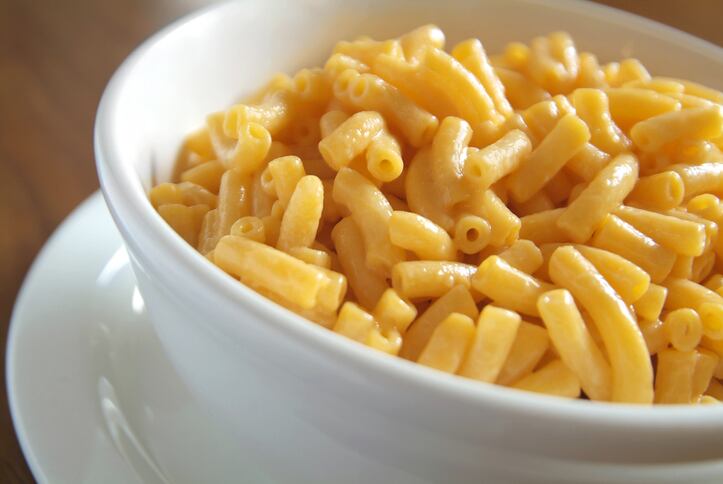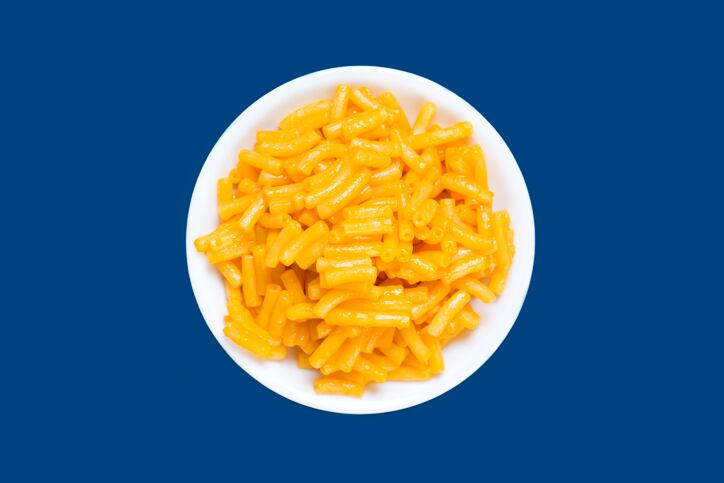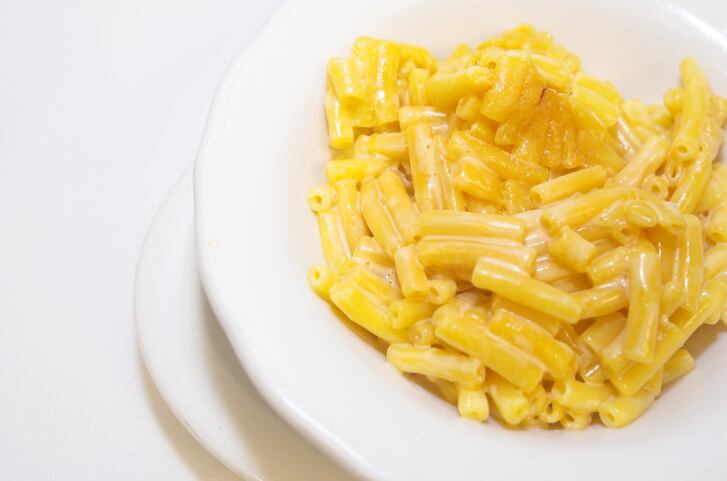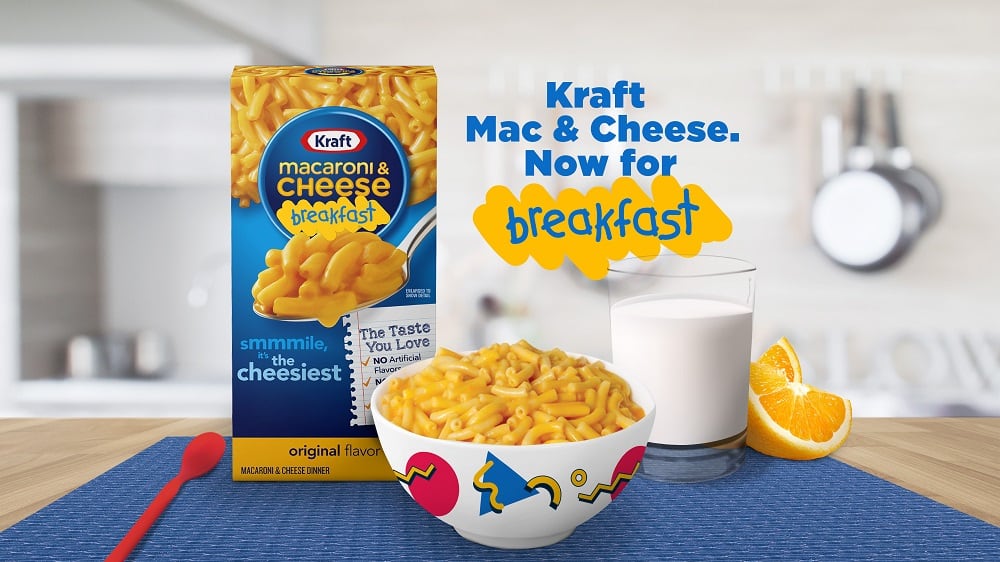The company proudly touted during its fourth quarter earnings call a 2% increase in household penetration and 5% increase in repeat momentum of its brands in the US, with even better results among products within its taste elevation program (up 4% and 9% respectively) and easy meals made better (up 5% and 10%).
Some of these gains can be attributed to increased at-home consumption during the pandemic, but Kraft Heinz North American president Carlos Abrams-Rivera said credit also should go to the company’s efforts and investments to “energize our brands [to] give them greater relevance, greater awareness and greater resiliency.”
While those efforts are paying off, Abrams-Rivera acknowledged his disappointment in the US business’ share performance, which he described during the company’s fourth quarter earnings call Feb. 16 as “not where it needs to be.”
He explained that “while we saw strong share performance in iconic brands such as Heinz Ketchup, Kraft Singles, Velveeta, Mio and Capri Sun, we lost share in other parts of the portfolio,” which is “bad news.”
However, he added, “the good news is we know what needs to be fixed, and how to go about fixing it.”
Three main barriers to better market share performance
He explained that “from a root-cause perspective” some factors that held back the company’s potential were out of its control, such as one-time supply and other challenges that led to 40% of its share loss. This included an ill-timed shortage in the fourth quarter of Philadelphia cream cheese, a pivotal ingredient in many traditional holiday appetizers and desserts, due in part to packaging material shortages and struggles to meet heightened demand as many consumers planned gatherings for the first time in two years, Abrams-Rivera said. In addition, he noted, Oscar Mayer Bacon market share also suffered due to labor challenges.
The second major cause of market share loss, accounting for about 30%, was production constraints that negatively impacted products such as Heinz Gravy, where capacity is limited, or due to labor constraints, which held back potential sales of Lunchables, Abrams-Rivera said.
Both of those causes should be resolved within the first half of this fiscal year as the company adopts strategies to free capacity and work service to meet high demand, he said.
The third root cause is a bit more complicated, and the solutions are more vague with Abrams-Rivera describing about 30% of missed market share as “supply chain oriented,” and in “growth categories where we’re actually looking to implement new game plans this year.”
Some of these new game plans likely will pull pages from Kraft Heinz existing playbook where it has seen notable success, such as through renovations and strategic working media investments.
“We have delivered a 40% increase in renovation projects in 2021 versus 2019,” Abrams-Rivera noted. This includes a relaunch of Oscar Mayer.
Likewise, efforts to make media dollars “work harder for our brands” helped Kraft Mac & Cheese and Velveeta become more relevant to consumers by changing the conversation around comfort, he said.
He also noted, “Lunchables has shifted from product-focused marketing to building an experiential brand that kids ask for and parents approve.”
Enhancing partnerships
Kraft Heinz also will look to build out its market share by teaming with customers, where Abrams-Rivera says the company already has “made great strides in bringing forward insights and shopper-based research to create plans that drive results for us and our customers.”
For example, the company created a centralized “customer development and revenue management team” that has worked closely with retailers to create in-store destinations that Kraft Heinz calls “perfect store” merchandising, he said.
These efforts, to the extent they already are underway, are paying off with US organic net sales growing 3.1% over last year and 7.7% over 2019. The adjusted EBITDA for the US business reached $1.1b, a $100m increase over 2019.
This also contributed to better-than-expected overall company sales, which slipped 3.3% to $6.7b year-over-year in the fourth quarter, but still beat investor predictions of $6.61bn.




